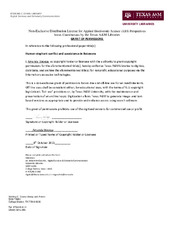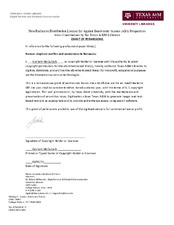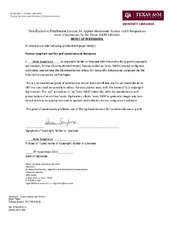| dc.creator | Songhurst, Anna | |
| dc.creator | McCulloch, Graham | |
| dc.creator | Stronza, Amanda | |
| dc.date.accessioned | 2015-10-08T15:05:29Z | |
| dc.date.available | 2015-10-08T15:05:29Z | |
| dc.date.issued | 2015-10-08 | |
| dc.identifier.uri | https://hdl.handle.net/1969.1/155349 | |
| dc.description.abstract | In an area of Botswana known as the eastern Okavango Panhandle, roughly 15,000 elephants compete with 15,000 people for access to water, food, and land. The elephants are not confined to any park, reserve, or nation. They roam freely, often in places where people are planting fields, herding livestock, and walking their children home from school. | en |
| dc.language.iso | en_US | |
| dc.relation.ispartofseries | Applied Biodiversity Science Perspectives Series;5 | |
| dc.rights | Attribution-NonCommercial-NoDerivs 3.0 United States | en |
| dc.rights.uri | http://creativecommons.org/licenses/by-nc-nd/3.0/us/ | |
| dc.subject | biodiversity | en |
| dc.subject | conservation | en |
| dc.subject | Botswana | en |
| dc.subject | elephant | en |
| dc.subject | conflict | en |
| dc.title | Human-Elephant Conflict and Coexistence in Botswana | en |
| dc.type | Article | en |
| local.department | Recreation, Park and Tourism Sciences | en |






